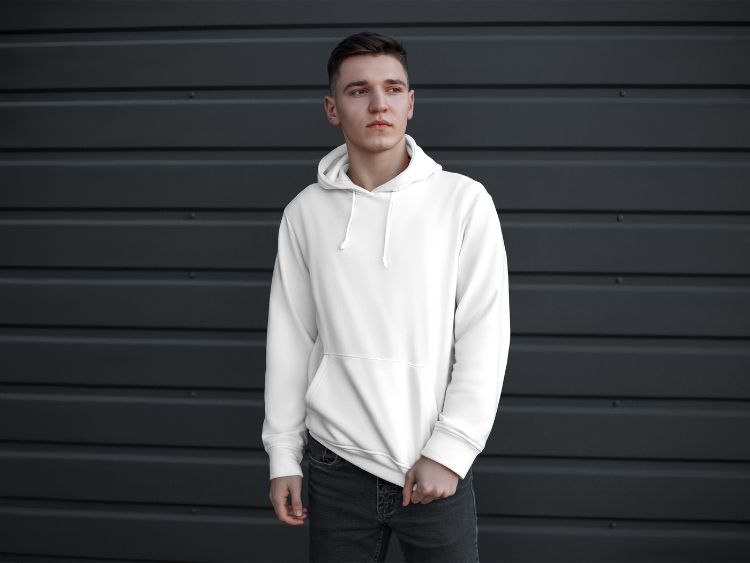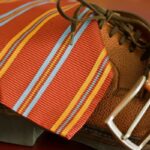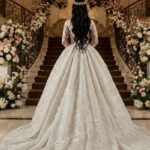The roaring twenties was more than just jazz music, speakeasies, and the rise of cinema—it was a decade that revolutionized fashion as we know it. 1920s fashion reflected a time of cultural change, economic prosperity, and, for the first time, women stepping into the spotlight with a newfound sense of independence. From the flapper dresses that defined the era to men sporting sharp suits, the fashion of the 1920s marked the beginning of modern style. But what exactly made this era so iconic in the world of fashion? Let’s dive into the world of 1920s fashion and explore the trends, fabrics, and accessories that shaped an unforgettable decade.
The Flapper: A New Era for Women’s Fashion
When we think of 1920s fashion, the flapper girl instantly comes to mind. Women’s clothing took a drastic turn during this era, embracing freedom both in form and spirit. Gone were the restrictive corsets of the Victorian age, replaced by loose, drop-waist dresses that allowed women to dance the night away without being encumbered by tight fabrics.
Key Elements of Flapper Fashion:
- Drop Waist Dresses: Dresses with a low waistline, typically at the hips, which created a more boxy silhouette.
- Fringes and Beads: Dresses often featured rows of fringe or beads, which created dynamic movement when dancing.
- Short Hemlines: Hemlines crept up to the knee, shocking older generations who were used to ankle-length skirts.
- Bold Patterns and Colors: The use of geometric shapes, bold stripes, and vibrant colors made flapper dresses stand out.
It wasn’t just the clothing that changed. Women in the 1920s began cutting their hair into chic bobs, wearing bold makeup like deep red lipstick and kohl-rimmed eyes. This shift wasn’t just aesthetic—it symbolized women’s newfound liberation. The flapper girl became a symbol of rebellion against traditional roles and expectations, and 1920s fashion was at the heart of this movement.
Men’s Fashion in the 1920s: Sharp and Sophisticated
While women were embracing bold and daring styles, men’s fashion in the 1920s was all about sleek sophistication. Tailored suits became the staple of every man’s wardrobe, often characterized by slim-fit jackets and high-waisted trousers.
Essential Men’s Fashion Items:
- The Double-Breasted Suit: Jackets with broad shoulders and a tighter waist were the epitome of sophistication.
- Oxford Bags: These wide-legged trousers, often worn by the elite, became a statement piece in men’s fashion.
- Fedora Hats: The Fedora, often tilted at a rakish angle, completed the dapper look.
- Leather Shoes: Polished Oxford shoes or wingtip brogues were popular choices for men in the 1920s.
Men’s fashion was just as influential as women’s, with Hollywood actors like Rudolph Valentino and Cary Grant setting the trends for the decade.
Fabrics and Textiles: Luxurious and Accessible
The 1920s was a decade of both extravagance and accessibility. For the first time, synthetic fabrics like rayon became widely available, offering the public more affordable alternatives to silk and satin. However, for the elite, high-end materials were still in vogue.
Popular Fabrics of the Era:
- Silk and Satin: These luxurious fabrics were often used for evening wear and gowns, adding a touch of glamour.
- Velvet: Favored for outerwear like capes and shawls, velvet was a rich fabric choice.
- Rayon: A synthetic alternative that offered the look and feel of silk without the high price tag.
- Wool: Wool was a common choice for suits and winter garments, providing warmth and a structured look.
Accessories: The Finishing Touch
Accessories were crucial in completing the 1920s look. Whether it was women’s delicate gloves or men’s pocket watches, every detail was meticulously planned.
Must-Have Accessories:
- Cloche Hats: These tight-fitting hats became synonymous with the flapper style.
- Feather Boas: Often draped over shoulders during glamorous nights out, feather boas were a favorite among women.
- Pearl Necklaces: Long, dangling pearl necklaces added an extra layer of elegance to any outfit.
- Men’s Pocket Watches: A classic accessory that added an air of sophistication to any suit.
Accessories weren’t just about style; they were a status symbol. The wealthier you were, the more ornate and expensive your accessories.
The Influence of 1920s Fashion on Today
Even though it’s been over a century, the influence of 1920s fashion can still be seen in modern clothing. From the resurgence of flapper-style dresses in vintage-themed parties to the continued popularity of sharp, tailored suits for men, the essence of 1920s style continues to inspire designers today.
Brands like Gucci, Prada, and Chanel often draw from the geometric patterns, fringe details, and luxurious fabrics that defined the era. Meanwhile, movies and television shows like The Great Gatsby and Boardwalk Empire keep the 1920s alive in popular culture, reintroducing the iconic fashion to new generations.
FAQs About 1920s Fashion
What was the defining feature of 1920s women’s fashion?
The drop-waist dress was one of the defining features, along with short hemlines and bold makeup. Women began embracing looser, less restrictive clothing that allowed for more freedom of movement.
Why was the 1920s considered a revolutionary period for fashion?
The 1920s marked a turning point as people embraced modernism. Fashion became a reflection of social change, with women challenging traditional roles and adopting bold new styles that reflected their independence.
Were men’s suits in the 1920s different from today’s suits?
Yes, men’s suits in the 1920s often featured a more defined waistline, broader shoulders, and sometimes looser-fitting trousers. While modern suits take inspiration from this era, the fit and style have evolved.
What were some popular materials used in 1920s fashion?
Silk, satin, velvet, and wool were all popular materials. The introduction of synthetic fabrics like rayon made fashion more accessible to a wider range of people.
How did fashion in the 1920s reflect societal changes?
Fashion mirrored the social upheavals of the time. Women, in particular, embraced fashion as a way to express their newfound freedom and break away from the restrictive traditions of the past.
Conclusion
1920s fashion was more than just a passing trend—it was a bold declaration of independence, modernity, and innovation. The styles of the decade, from flapper dresses to dapper suits, were a reflection of the changing times, and their influence continues to echo in today’s fashion industry. Whether you’re inspired by the glitz and glamour or the sheer rebellion of the era, 1920s fashion remains a timeless chapter in the history of style.
Authoritative Links





